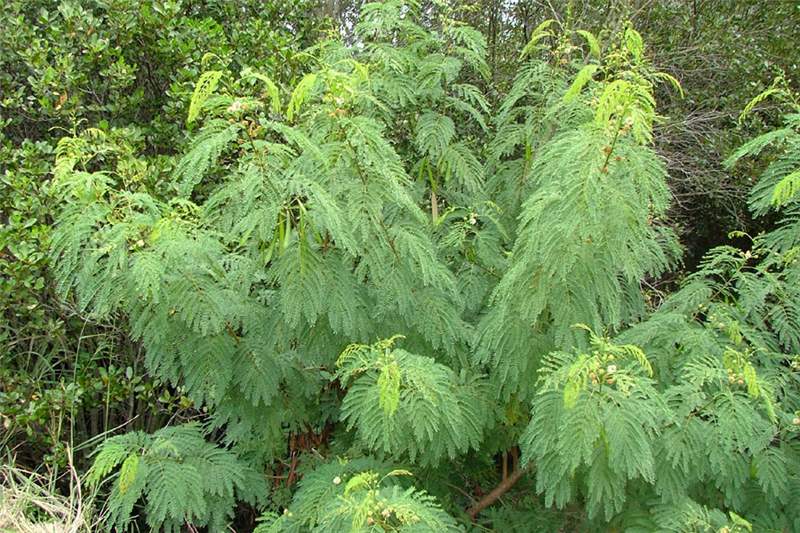



Article by: Hari Yellina
What do you do with a plant that is both a highly invasive pest and a bountiful beef crop? Susan Cunningham’s property in Rockhampton backs onto a creek, and leucaena is overtaking it. “It’s always been an issue, but it’s gotten a lot worse in the last several years,” she explained. “It’s incredibly invasive, and it basically breeds like rabbits. “We had to work very hard to get rid of it when we first arrived here. “Looking at how much work is ahead of me is both demoralising and terrifying.” Grant Mathers, a planning and regulatory councillor in Rockhampton, said leucaena was a problem everywhere along the Queensland coast.
“We’ve heard reports from Townsville, the Whitsundays, and Gympie,” he added. “When it gets into our cities… it clogs up our waterways.” “We have big concerns with localised floods, and we also have a fire hazard since leucaena burns easily and hotly.” The plant was not an invasive species in Rockhampton, according to Cr Mathers, because it benefited graziers. “It’s a tough one because it’s still allowed to be produced as cattle fodder, so it can’t be considered invasive,” he explained.
“However, it’s a catch-22 because if it’s not under control, you can see the problems we and other councils are having.” Bron Christensen is the executive director of the Leucaena Network, a producer organisation that promotes the use of leucaena as a beef fodder crop. She claimed that leucaena had grown in popularity in recent years, especially when the University of Queensland published Redlands, a psyllid-resistant cultivar of the plant, in 2019. “It has the potential to completely revolutionise a grazing system,” Ms Christensen explained. “Because it’s a legume, it fixes nitrogen, increases live weight gain, and allows you to improve your stocking rate by four times.” “It has a lot of benefits to productivity.”
The plant’s capacity to flourish in severe conditions, according to Ms Christensen, is especially useful in Queensland’s erratic environment. “It has a deep tap root and is really resilient,” she said. “It has the ability to cling on during long periods of drought or dryness.” Greg Brown, a grazier from North Queensland and a past president of the Cattle Council of Australia, said the capacity of leucaena to live was a major selling point for producers. “It’s a plant that can treble your annual weight growth and has foliage 365 days a year,” he claimed. “It’s not for every cattle producer, but there are a lot of us who think it’s a wonder plant.”
Mr Brown, on the other hand, believes that if leucaena is not well handled, it can become a problem. “It’s obviously a weed in the wrong location.” “There’s no doubt about it,” he stated. “You have to put in a lot of effort to obtain the best results, and you also have to make sure you’re not causing problems for others.” “Most people do,” says the narrator, “but not everyone is that conscientious.” While there were roughly 150,000 hectares of the plant on grazing property across Queensland, Ms Christensen said that the leucaena coming into towns was not due to rural expansion. “A lot of the problems you’ll see in waterways and urban areas are caused by common leucaena, which is a different species than what growers plant for grazing,” she explained.
“I’ve gotten some opposition from people who say farmers should be getting in the rivers and clearing out the creeks, but as a producer group, there’s not much we can do or demand our graziers to do because it’s common leucaena.” She claimed that graziers followed a tight code of conduct. “We vigorously promote our code of practise, and we take it extremely seriously.” The Rockhampton Regional Council was doing its best to control the plant’s rapid expansion, according to Cr Mathers, but jurisdiction and financial difficulties were hampering efforts.
A spokesperson for Biosecurity Queensland said leucaena was not a prohibited or restricted invasive plant under the Biosecurity Act. “A private property owner is responsible for managing feral leucaena on the banks and beds of watercourses situated in or on their property,” they said. “Local governments may declare feral leucaena as a pest under local laws and require control actions to be taken.”